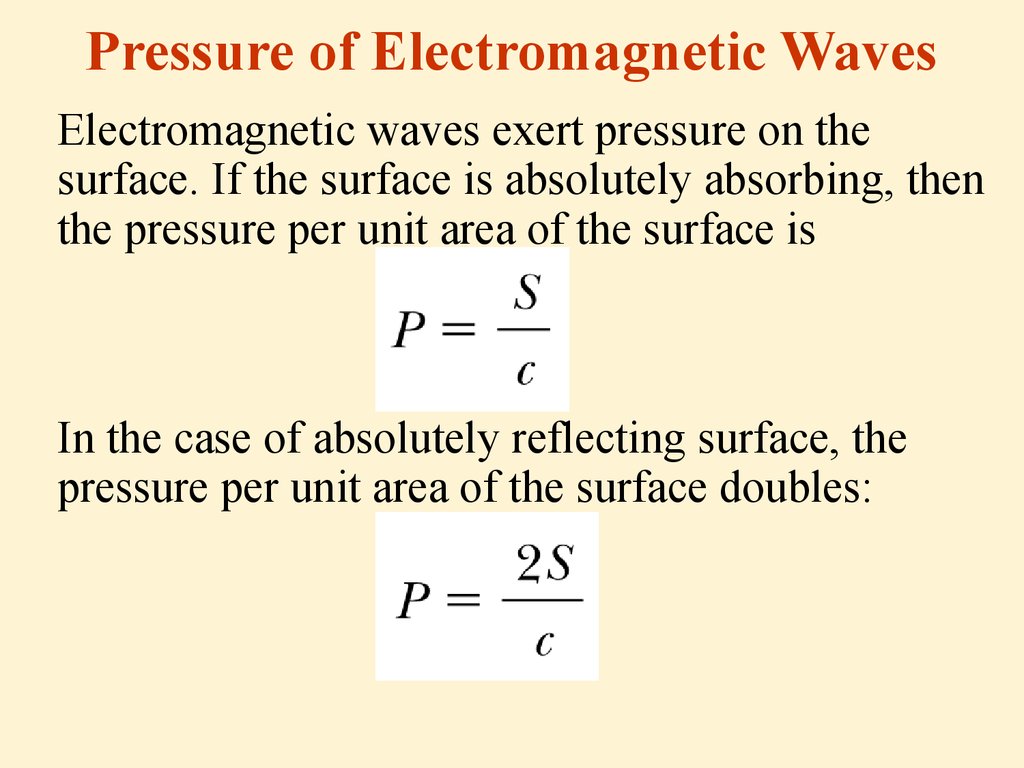

“Electromagnetic waves” was the name he gave to the phenomena his theory predicted.Such a theoretical prediction followed by experimental verification is an indication of the power of science in general, and physics in particular. The prediction was made by James Clerk Maxwell in the mid-19th century when he formulated a single theory combining all the electric and magnetic effects known by scientists at that time. (credit: NASA)It is worth noting at the outset that the general phenomenon of electromagnetic waves was predicted by theory before it was realized that light is a form of electromagnetic wave. The first use of this C-band radar dish was for the launch of the Atlas V rocket sending the New Horizons probe toward Pluto. The coupled-mode theory, also known as Schelkunoffs method, is a semi-numerical method for computing electromagnetic waves in hollow and cylindrical waveguides. The electromagnetic waves sent and received by this 50-foot radar dish antenna at Kennedy Space Center in Florida are not visible, but help track expendable launch vehicles with high-definition imagery.

This ultimately left a confusing legacy of dimensional concepts and practices in physics.The radio in your car receives the radio waves, decodes the information, and uses a speaker to change it back into a sound wave, bringing sweet music to your ears. The focus on the dimensional formula reveals how various conceptual, theoretical, and material aspects of absolute electrical measurement were taken up or resisted in experimental physics, telegraphic engineering, and electrical practice more broadly, which leads to the conclusion that the integration of electrical theory and telegraphic practice was far harder to achieve and maintain than historians have previously thought. I identify unit conversion as the canonical purpose for dimensional formulae during the remainder of the nineteenth century and go on to explain how an operational interpretation was developed by the French physicist Gabriel Lippmann. I describe how this context led to the invention of the dimensional formula by James Clerk Maxwell and subsequently shaped its interpretation, in particular through the attempts of William Thomson and Fleeming Jenkin to make absolute electrical measurement intelligible to telegraph engineers.


During the 1860s, the Committee on Electrical Standards convened by the British Association for the Advancement of Science (BAAS) attempted to articulate, refine, and realize a system of absolute electrical measurement.


 0 kommentar(er)
0 kommentar(er)
